But It’s Up to Us to Decide
Yesterday was the Thanksgiving holiday for US. This brings the topic of giving thanks to the forefront of our thoughts. These discussions are every where and for a variety of reasons. Some are as simple as to remind us to be thankful. Some are using this as a marketing plan.
I received a lot of different Thanksgiving themed emails over the last week. Many had fantastic thanks giving messages. One was from one of my favorite authors, Andy Andrews. It was his weekly podcast titled, “A Thanksgiving State of Mind”. In this podcast Andy shares a story about finding thankfulness when you’ve lost your grateful spirit.
My fondness for Andy started with the reading of his book, “The Traveler’s Gift”. This book is about how one man’s choices made the difference between success and failure. I read it a little under six years ago while recovering from a concussion. I attribute much of my increased level of giving thanks to the connection I found with this story and my injury. It gave me a new appreciation for the gift of life that we have been given. Much of this improved awareness I can attribute to the  “Seven Decisions” in the “Traveler’s Gift”.
“Seven Decisions” in the “Traveler’s Gift”.
Being THANKFUL is a CHOICE we make. We can DECIDE how we are going to live.
The Thanksgiving holiday in the United States started being officially celebrated in 1789, as proclaimed by George Washington. It was to commemorate the Pilgrims giving thanks for the harvest in 1621. We all have things to be thankful for. We just need to slow down long enough to think about it and to remember.

Why is it important to give thanks? – If we are giving thanks, we are acknowledging that there is someone to give thanks to. This acknowledgement is critical to our living a well-focused life. This is the understanding that everything we have and everything that we are comes from God.
Kenneth Copeland lists 5 benefits of thanks giving as:
- Thanksgiving brings God on the scene – Entering into thanksgiving you invite God’s presence into your life.
- Thanksgiving puts challenges in perspective – It reminds us of how powerful God is.
- Thanksgiving focuses your mind on the right subject – It helps us refocus our attention on the One who is greater than every challenge.
- Thanksgiving strengthens your faith – It reminds us of all that God has done and all that He will do.
- Thanksgiving is a weapon against the enemy’s maneuvers – When giving God praise our enemies will be turned back.
We have the “super-power” of choice at our discretion. We can choose to be THANKFUL or not. By choosing to GIVE THANKS we unleash God’s benefits in our lives and to all of those we connect with.

I hope you had a great Thanksgiving and that you will remember to give thanks all year long.





 This core value points out that good communication is twice as much about listening. This makes perfect sense why God gave us two ears and one mouth. I have accepted the fact that I like to talk and do quite a lot of it. I believe that
This core value points out that good communication is twice as much about listening. This makes perfect sense why God gave us two ears and one mouth. I have accepted the fact that I like to talk and do quite a lot of it. I believe that 





 shovel. What matters is that you start shoveling and don’t quit. Failure only exists for the person who quits.
shovel. What matters is that you start shoveling and don’t quit. Failure only exists for the person who quits.



 I see BALANCE as large platform sitting centered on top of a small point. Without anything on the platform, it sits level. When one thing is placed on top of the platform near the center, things go pretty well, and it stays relatively level. As more things are put on the platform and things begin to be crowded from the center it starts to get heavier at different areas. This causes the platform to lean. If one heavy thing or too many things are moved too far from the center the platform will tip far enough that things falls off. Keeping things setting on the platform is all about weight and location.
I see BALANCE as large platform sitting centered on top of a small point. Without anything on the platform, it sits level. When one thing is placed on top of the platform near the center, things go pretty well, and it stays relatively level. As more things are put on the platform and things begin to be crowded from the center it starts to get heavier at different areas. This causes the platform to lean. If one heavy thing or too many things are moved too far from the center the platform will tip far enough that things falls off. Keeping things setting on the platform is all about weight and location.

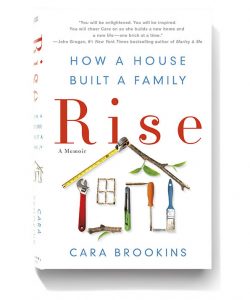
 Another one of my top ten books is Andy Andrews’ book, “
Another one of my top ten books is Andy Andrews’ book, “
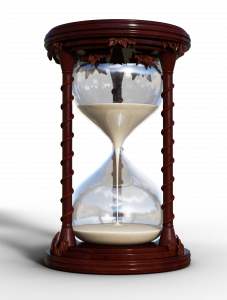 constantly wanting more TIME. To use a line from actress
constantly wanting more TIME. To use a line from actress 

 As part of the painting project I was making and installing the trim on these windows. Due to the age and style of the house the trim was more detailed than what is commonly used today. Not to mention that there was siding to cut back, house wrap and foil tape to install. It was taking me longer than I planned (another topic for later) and as I was working I thought about faster, cheaper ways that it could be done. I didn’t think about it very long before I decided that the short cuts wouldn’t be worth it. I wanted it done right.
As part of the painting project I was making and installing the trim on these windows. Due to the age and style of the house the trim was more detailed than what is commonly used today. Not to mention that there was siding to cut back, house wrap and foil tape to install. It was taking me longer than I planned (another topic for later) and as I was working I thought about faster, cheaper ways that it could be done. I didn’t think about it very long before I decided that the short cuts wouldn’t be worth it. I wanted it done right.
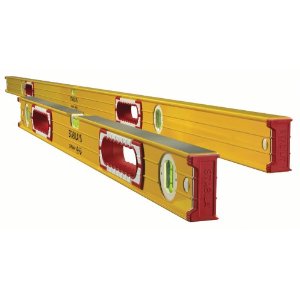 A good example of this is a recent situation where a shelf caddy was installed in a shower out of plum. It was only out of plum about an 1/8” in 2’ which isn’t a lot. But it wasn’t right, it wasn’t level and it should have been. Now it’s got to be fixed, which could possibly mean cutting it out and replacing with a new one. At the very least it has to be taken back out and plumbed up. Either way it’s going to cost both time and money.
A good example of this is a recent situation where a shelf caddy was installed in a shower out of plum. It was only out of plum about an 1/8” in 2’ which isn’t a lot. But it wasn’t right, it wasn’t level and it should have been. Now it’s got to be fixed, which could possibly mean cutting it out and replacing with a new one. At the very least it has to be taken back out and plumbed up. Either way it’s going to cost both time and money.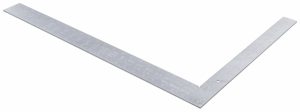
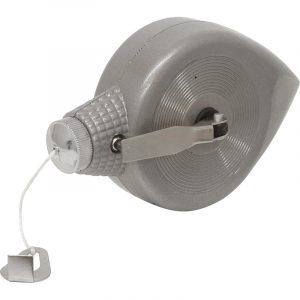 them that there are four simple rules for building well. Just make everything plumb, level, square and straight. Isn’t this great advice.
them that there are four simple rules for building well. Just make everything plumb, level, square and straight. Isn’t this great advice.
 and bad, that people have. This is especially evident with athletes, for example it has been reported that basketball superstar Michael Jordan wore the same pair of shorts under his NBA uniform for every game and Serena Williams ties her shoes the same way before every match and always bounces the ball five times before her first serve.
and bad, that people have. This is especially evident with athletes, for example it has been reported that basketball superstar Michael Jordan wore the same pair of shorts under his NBA uniform for every game and Serena Williams ties her shoes the same way before every match and always bounces the ball five times before her first serve.







 I decided to write about this core value while reading “The Seventh Most Important Thing”, by Shelley Pearsall. In the story Mr. Hampton leaves a hand-written message for Arthur on a piece of cardboard,
I decided to write about this core value while reading “The Seventh Most Important Thing”, by Shelley Pearsall. In the story Mr. Hampton leaves a hand-written message for Arthur on a piece of cardboard,  It has been my experience when building a building that people have a dream of what they envision the finished project to look like. The problem is, they don’t know how to get that dream from their head to a physical structure. This is where vision comes in. The vision is the process of taking the imagined and turning it into reality. This provides a clear and intentional plan for building the dream.
It has been my experience when building a building that people have a dream of what they envision the finished project to look like. The problem is, they don’t know how to get that dream from their head to a physical structure. This is where vision comes in. The vision is the process of taking the imagined and turning it into reality. This provides a clear and intentional plan for building the dream.